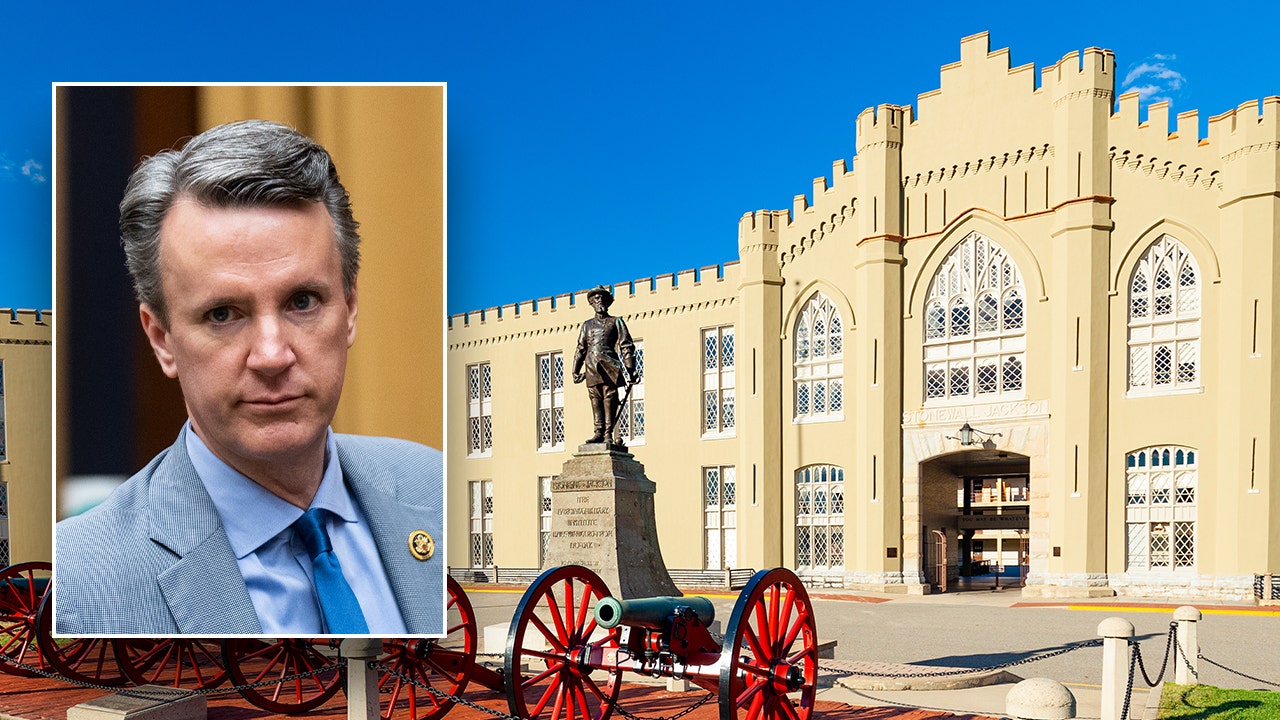PITTSBURGH — When former President Barack Obama comes to Pittsburgh on Thursday to campaign for Vice President Kamala Harris in the home stretch for next month’s election, he will be returning to a very different western Pennsylvania from the one he won robustly in 2008 and less so in 2012.
In 2008, Obama ran on a message of aspiration, using a slogan of hope and change to create a coalition of working-class white people long part of the New Deal Democrats, minorities, young people and educated professionals.
In that race against Republican John McCain, he won 18 of Pennsylvania’s 67 counties. Here in the west, he won Cambria and Erie and came within 100 votes in Fayette, and he earned a whopping 57% in Allegheny. Overall, in Pennsylvania, Obama earned 3,276,363 raw votes, or 54.47%, over McCain’s 2,655,885, or 44.15%.
By the time he ran in 2012, Obama’s hope and change were gone, replaced by a more ideological Democratic Party built around climate change, expansive government, internationalism and a move toward eliminating fossil fuels.
His new coalition of ascendant demographics, minorities, young people, college-educated white elites and women, was his focus. Left in the dust were New Deal Democrats. But it worked. Just enough New Deal Democrats stayed with him. However, his slippage in support should have been a warning sign to Democrats that this dismissal of working-class interests might not work for the next Democratic candidate.
When Obama won Pennsylvania and the presidency in 2012, he did so by being the first president in modern political history to win his second term with fewer voters than in his first run for president.
That was no more evident than here, where the erosion of support was noticeable if you were paying attention. Obama lost five counties that year, slipping to a narrow 13 of 67. He lost a percentage point here in Allegheny County, lost Cambria, lost Fayette significantly, and counties like Beaver, where the race had been much closer in 2008, all shifted right.
In Pennsylvania in 2012, Obama earned 2,990,274 votes, or just over 51%, meaning nearly 300,000 people who voted for him before just didn’t show up. Now, the interesting thing about that is those missing voters did not show up for GOP candidate Mitt Romney, who won just 2,680,434, or 46%, of the vote.
In short, Romney gained just over 24,000 voters over McCain in Pennsylvania that year, while Obama lost nearly 300,000 statewide, with many of those voters coming from western Pennsylvania. Obama lost around 20,000 voters in Allegheny County, a county he won, but the diminishing support in Beaver was around 3,000 votes, Westmoreland 8,000 votes, Fayette 4,000 votes, Cambria 8,000 votes, and Butler around 4,000 votes.
So where did the former Obama voters go if they didn’t go to Romney? For the most part, it appears they stayed home. They liked the promise of Obama in 2008 and generally liked him personally, but they did not like his policies, and they saw Romney not as the guy who brought jobs back but as the guy who came to your desk with a box to escort you out of the building after he politely fired you.
The Obama coalition of the ascendant promised to pay dividends for his party for years to come. For former Secretary of State Hillary Clinton, that was not the case. She lost a state her husband, former President Bill Clinton, won. Then-candidate Joe Biden, because of his past relationships with unions, was able to glue on just enough of the working-class vote here in 2020 to win the state narrowly.
That working-class vote, white, Black, Hispanic and Asian, is now decidedly in the Republican camp. That party has now become the party of work. A part of the coalition that was always relegated to the sidelines is now in the driver’s seat.
There are scant details out so far for the Oct. 10 visit. It will be interesting to see who comes to the event. The young people who were out blocking traffic in front of the University of Pittsburgh Thursday evening will probably not be there. It is unclear what the energy is for Harris, or Biden, among the Left’s youth vote.
The suggestion is that Obama is the strongest surrogate Democrats could draw here four weeks leading up to Election Day. The suggestion eight years ago was that it was Bill Clinton who would be the best surrogate for Hillary Clinton. Both came, but both were unsuccessful. Working-class voters had a candidate they would actually turn out for in the man of Trump.
Obama’s speech in Chicago at the Democratic National Convention this year was not of hope and change. It was mocking and slick, very reminiscent of the 2012 Obama who lost support here and across the state.
Case in point: When Obama was last in Pittsburgh, during the 2022 midterm elections for then-Senate candidate John Fetterman, he said Republicans “make us angry and afraid of one another … so they can take power.”
Of all the campaign stops made by Democrats here in Pittsburgh, including Harris and her running mate, Gov. Tim Walz (D-Minn.), the one that will be the most telling in terms of message and who shows up will happen here Thursday.
Salena Zito is a CNN political analyst, and a staff reporter and columnist for the Washington Examiner. She reaches the Everyman and Everywoman through shoe-leather journalism, traveling from Main Street to the beltway and all places in between. To find out more about Salena and read her past columns, please visit the Creators Syndicate webpage at www.creators.com.
Read the full article here




![Team Kamala Releases ‘The Cringiest Political Ad Ever Created’ [WATCH] Team Kamala Releases ‘The Cringiest Political Ad Ever Created’ [WATCH]](https://www.rvmnews.com/wp-content/uploads/2024/10/2024.10.11-06.46-rvmnews-6709727abe405.jpg)




